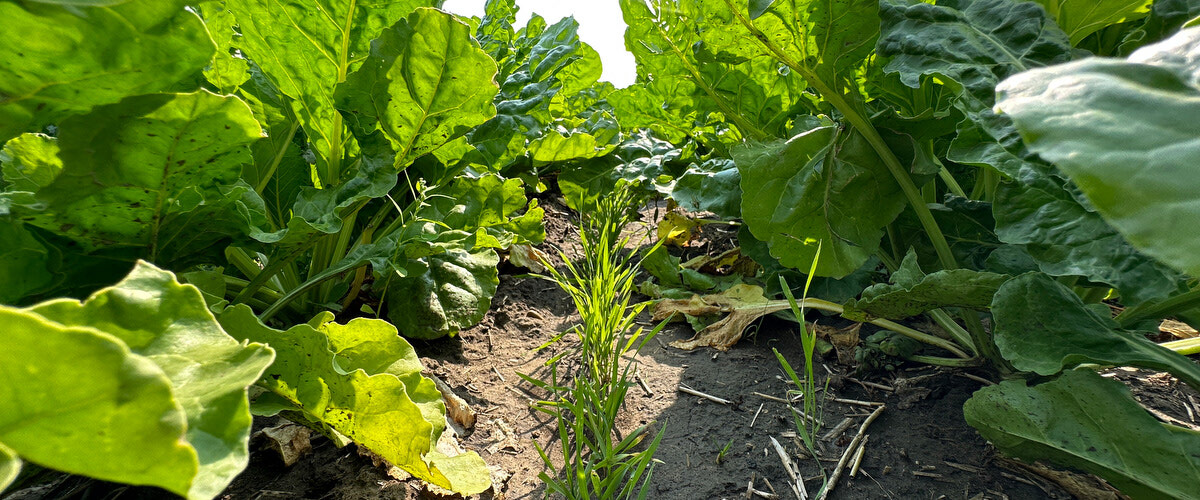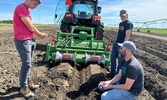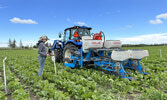Project Abstract
As part of the Saving Soils initiative, Farming Smarter undertakes new and creative research activities to support knowledge generation and transfer throughout southern Alberta. These activities directly address the development and adoption of innovative best management practices (BMPs) that promote soil health and carbon sequestration on the Alberta agroecosystems.
High value, irrigated root crops such as potato require intensive tillage at seeding and disturb soil at harvest. This reduces crop residue and leaves soil vulnerable to significant erosion events from the strong winds experienced in southern Alberta. This project evaluates strategies to reduce soil erosion and improve soil health parameters in potato production.
This study explores nurse crop, cover crop, and relay crop practices in irrigated potato through a series of small plot trials and on-farm experiments. Many of the practices are new require collaboration with farmers ready to assume possible risk. For this reason, these trials maintain flexibility in executing on-farm activities.
The treatments used and overall trial size varies to accommodate the comfort of participating farmers. That said, many growers recognize the soil conservation risk presented by potato production and are eager to find practical and usable solutions!
|






